CUP RUNNETH OVER
Sampling a rich and nuanced southern Africa travel cocktail — with a heady kick
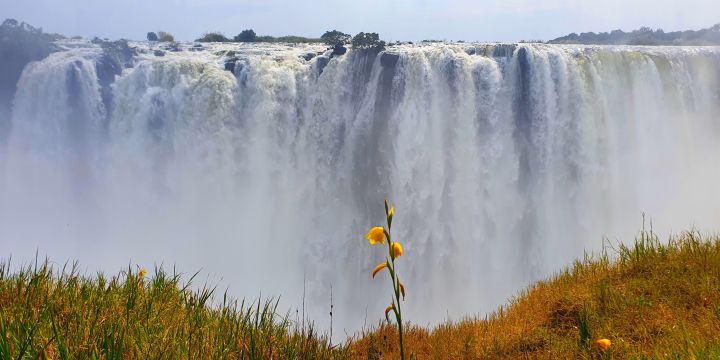
From cloud-tickling mountains and mind-blowing desert spaces to lazy rivers and the world’s biggest sheet of falling water, southern Africa is a delicious travel cocktail of destinations, scenery and culture. But like all cocktails, it has a kick — and that is because of regional political antics.
In my dreams, southern Africans would be able to move easily around southern Africa, visa-free, duty-free and carefree. We would be able to hop on a budget flight to say, Lusaka, for the weekend, or nip from Polokwane to Harare, for a book festival perhaps, or a concert. We would be able to cruise in our cars along highways through paper-free, biometrics-based, one-stop borders with ease, leaving Mbombela, say, after breakfast to be in Maputo for lunch, prawns alongside the Bay of Maputo, a salty breeze ruffling the topknots of the palm trees.
Alas, subcontinental tourism remains bureaucratic, Western-dominated and dollar-heavy, and few southern African people are actually travelling within their own subcontinent.
That’s a shame because southern Africa is home to the Makgadikgadi Pans, the world’s oldest salt flats; it is home to the Zambezi River, the fourth largest in Africa; and to the Victoria Falls, a World Heritage Site and the world’s largest sheet of falling water. It has Lesotho, the highest country in the world; Table Mountain, another heritage site; the warm Indian Ocean; the chilly Atlantic; the list goes on. Hello.
Having undertaken an epic 10,000km road trip from Limpopo to Rwanda earlier this year with my friend Hugh Fraser, I can attest that, for the most part, road borders are sweaty and bureaucratic. Although southern Africa is visa-free for most Southern African Development Community (SADC) passport holders and immigration is fairly painless, customs is a real passion killer. Take your own pen, cash in low denomination dollars and local currency — usually available from a money handler and his or her many hangers-on — and plenty of patience.
To travel to many different countries within SADC by road, you’ll need an expensive carnet de passage en douane from the Automobile Association (AA), which is basically a car passport aimed at facilitating the car’s import and export into different countries, although you’ll still be liable for insurances and a disingenuous variety of road taxes.
One of the elephants in the SADC room right now is the Lebombo border post between South Africa and Mozambique.
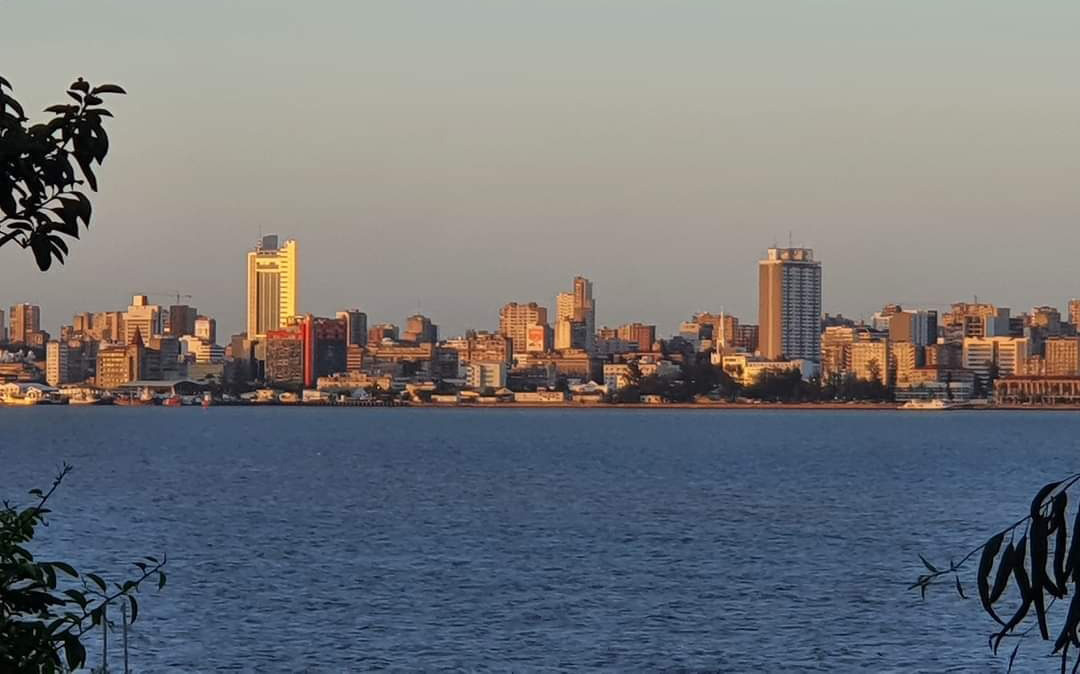
Maputo skyline in Mozambique. (Photo: Hugh Fraser)
Doing Mozambique for the festive season was once one of South Africa’s favourite pastimes. But that’s been reduced to a trickle now because of the high volume of trucks at the border, since the collapse of the railways and the rise of cartels. Trucks are routinely backed up as much as 35km to Malelane; there is crime, insufficient infrastructure and poor border service for tourists. It’s not going to look good on anyone’s Trip Advisor.
Read more in Daily Maverick: Mozambique insurgency far from over despite al-Shabaab on back foot
The same applies to Beit Bridge on the border between South Africa and Zimbabwe, whose inefficiency is a big detractor for tourists wanting to visit the spectacular Gonarezhou National Park in southeastern Zimbabwe, as well as the incredible Great Zimbabwe World Heritage Site.
As a friend and I were doing our nine countries and 10,000km, Ugandans Maureen Agena and Edward Echwalu were doing their epic 22,000km five-month road trip across eastern and southern Africa, a journey through a dozen countries: South Africa, Namibia, Botswana, Zimbabwe, Zambia, Malawi, Tanzania, Kenya, Mozambique, Angola, Eswatini and Lesotho.
When Maureen and Edward arrived at the Lesotho border in June, the immigration officer did a double take and said: “I’ve been at this post for eight years and no Ugandan has ever crossed through.”
In an interview with The Guardian, Maureen and Edward said that was a common comment during their travels.
There’s little information about the limited number of Africans doing longer-term leisure on the subcontinent. With a growing African middle class and increased intra-African trade, business and leisure, the numbers are likely to grow. But high costs and visa restrictions make it hard for Africans to travel the continent. The South African self-drive 4×4 market is said to have increased by 10% in Tanzania, but it’s mainly retirees.
Still, Ugandans Maureen and Edward not only kickstarted an important conversation, but also gave Lesotho a long overdue curtsy.
No visa required, safe, affordable, easily accessible from KwaZulu-Natal or Joburg, Lesotho is a charming mix of mountains, dams and marijuana. A subcontinental leader in the legal, commercial marijuana industry, home to Katse Dam and the Lesotho Highlands Water project (an astonishing feat of engineering), Lesotho is dubbed the kingdom of the sky because it’s the only country in the world that is above 1,000m.
Its lowest point of 1,400m is therefore the highest lowest point of any country in the world. Go figure. Lesotho’s highest peak is Mount Thabana Ntlenyana at 3,482m. It’s also the coldest country in Africa, so take your woollies, even in summer, and head for the home of the famous Lesotho blanket.
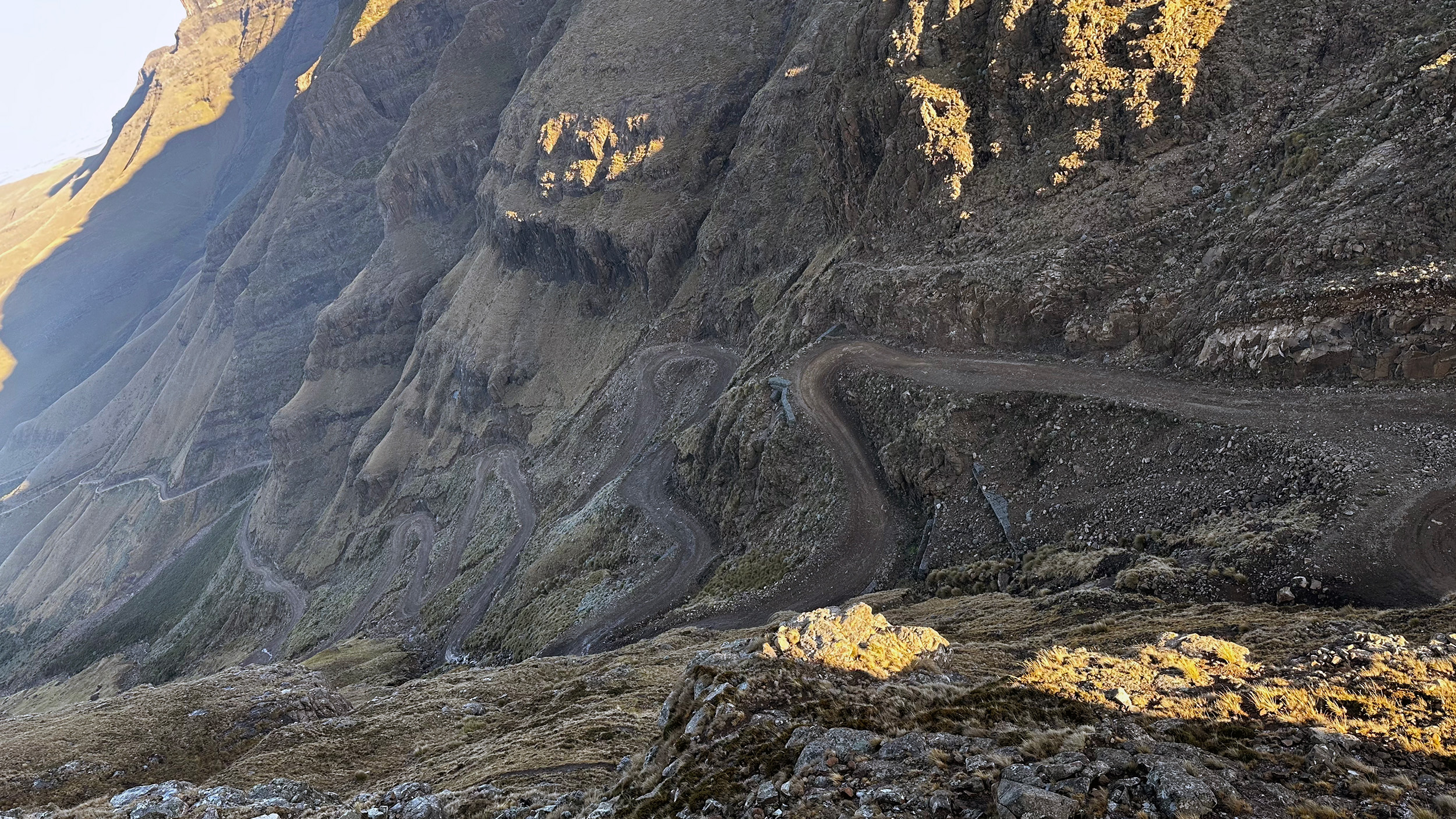
Sani Pass on the KZN-Lesotho border. (Photo: Hugh Fraser)
Read more in Daily Maverick: Lesotho – journey to the Kingdom in the Sky
Only the adventurous should attempt the Sani Pass, on the KZN border at Mokhotlong. Sani is the mother of all mountain passes, rising to 2,876m. Built in 1950, it has some of the steepest climbs — with amazing mountain scenery — and is challenging even in a 4×4. It’s snowed there as late as October. Stop for a drink at the highest pub in Africa!
Another little gem that’s likely to benefit from problems at the Lebombo border is Eswatini. It makes for an easy alternative route through to Mozambique, via Boane, and the country itself has much to offer.
They call it the “tiny kingdom with a big heart” and it beats a beautiful rhythm in the Ezulwini Valley, a creative tourism area south of the capital Mbabane.
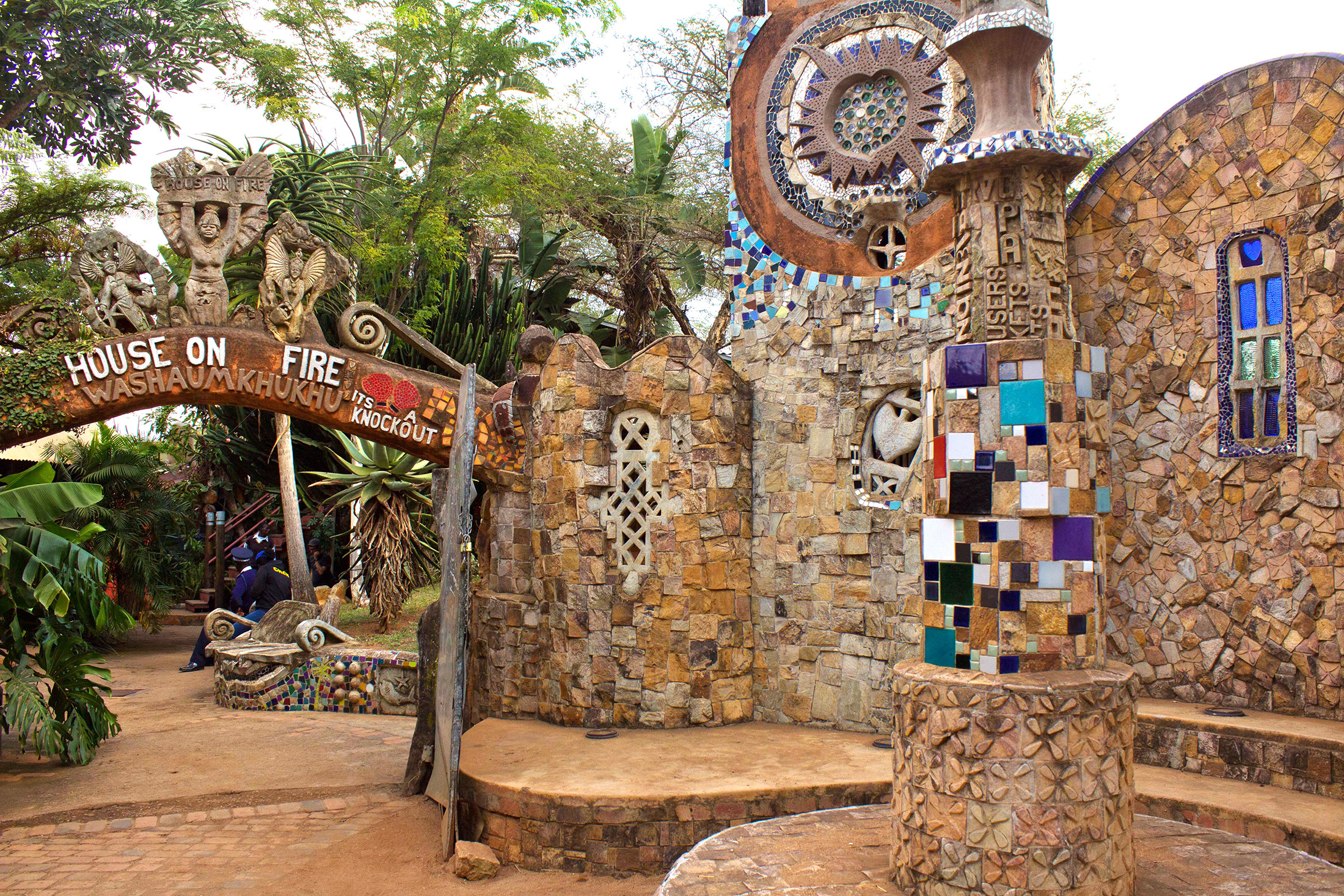
Malandela’s in Eswatini. (Photo: Hugh Fraser)
“Slow Down Parliament in Session” says a sign outside the government buildings there. The Swazi political system, as the last remaining African monarchy, is very conservative, but Ezulwini Valley has always been deliciously decadent. Perhaps it is because of the presence of Sheba’s Breasts — the beautiful twin mountain peaks named after the mysterious Queen Sheba of Ethiopia.
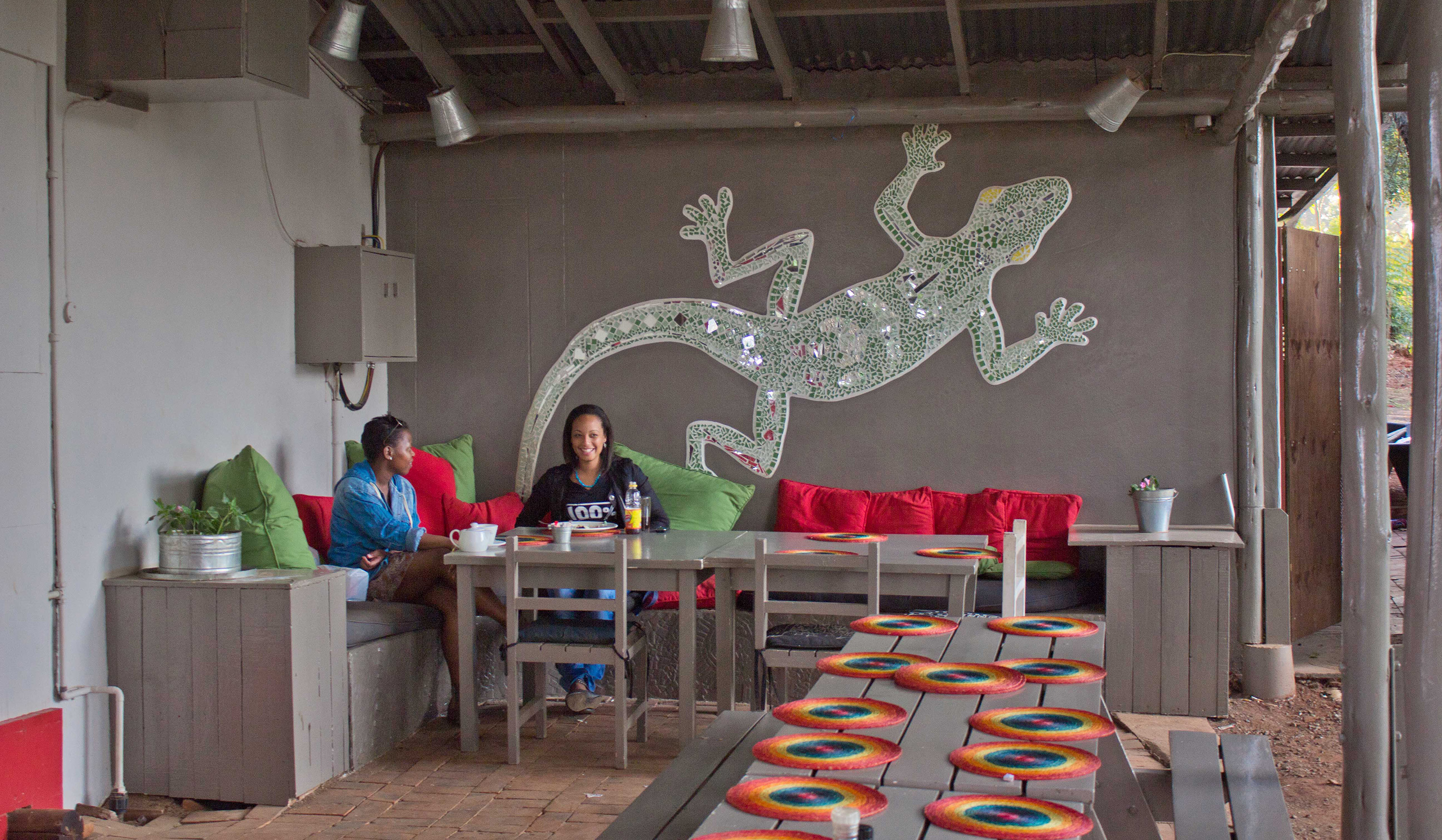
The Sambane Cafe at the Swazi Candle Centre in Eswatini. (Photo: Hugh Fraser)
The valley has charming guesthouses, hotels and lodges, a diversity of arts and crafts spots, and the fabulous Malandela’s, site of the annual Bushfire concert.
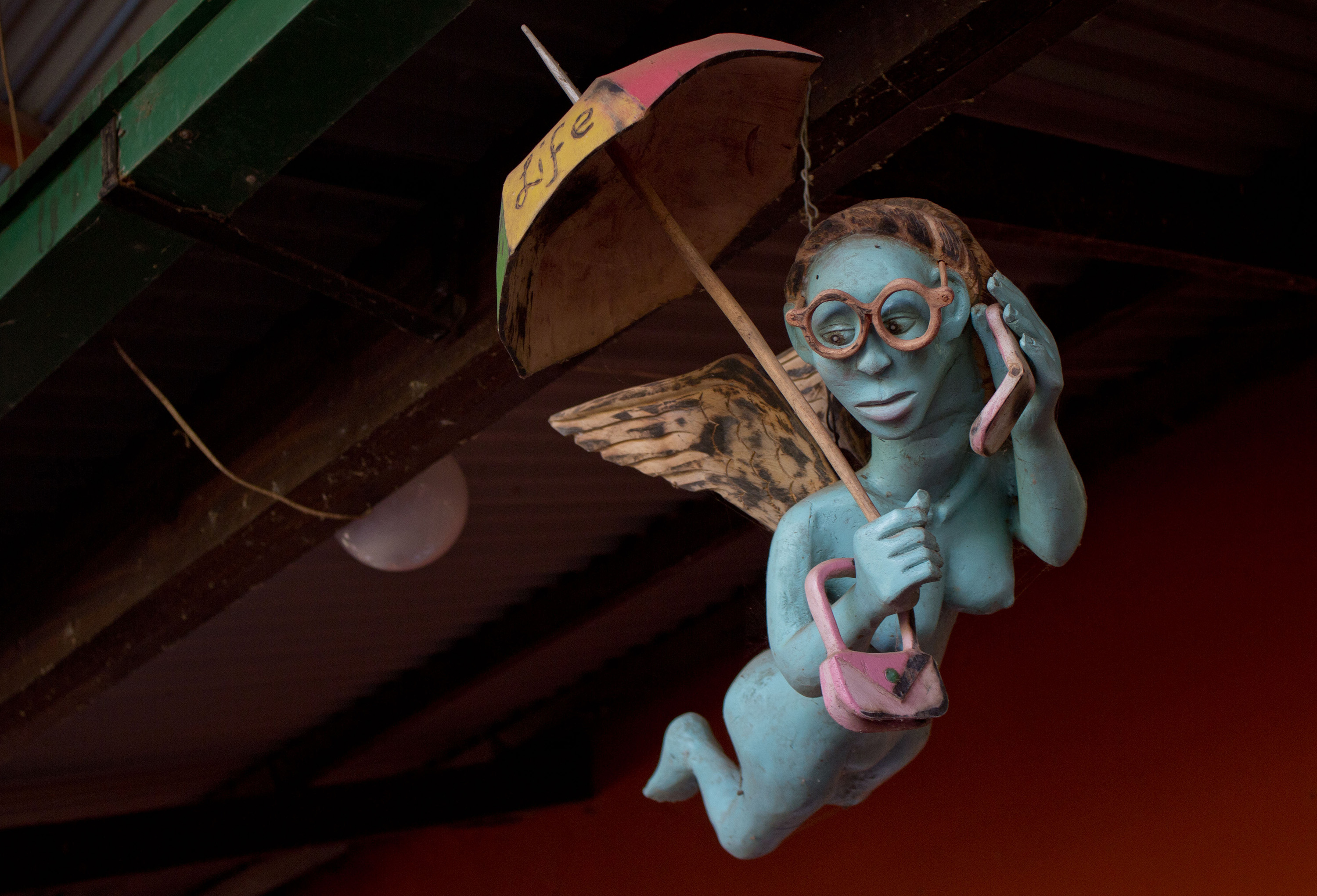
A sculpture at Eswatini’s Guava Gallery. (Photo: Hugh Fraser)
Promising news for regional adventurers is that FlySafair recently launched new and reasonably priced routes from Joburg to Maputo, Harare, Livingstone and Victoria Falls. Airlink services some of these routes, too.
Victoria Falls never fails to deliver on delight, and if you shop around there are some really good packages available. This is where the Zambezi River plunges more than 100m over a wide rock face, one of the seven natural wonders of the world, mosi-oa-Tunya, the smoke that thunders, SADC residents have to pay a $30 entrance fee on each side (Zimbabwe and Zambia). Raincoats are $3. Pretty much the whole Vic Falls region is US dollar-based, but whether you stay in Zimbabwe or Zambia, or preferably visit both, the Falls is a treasure.
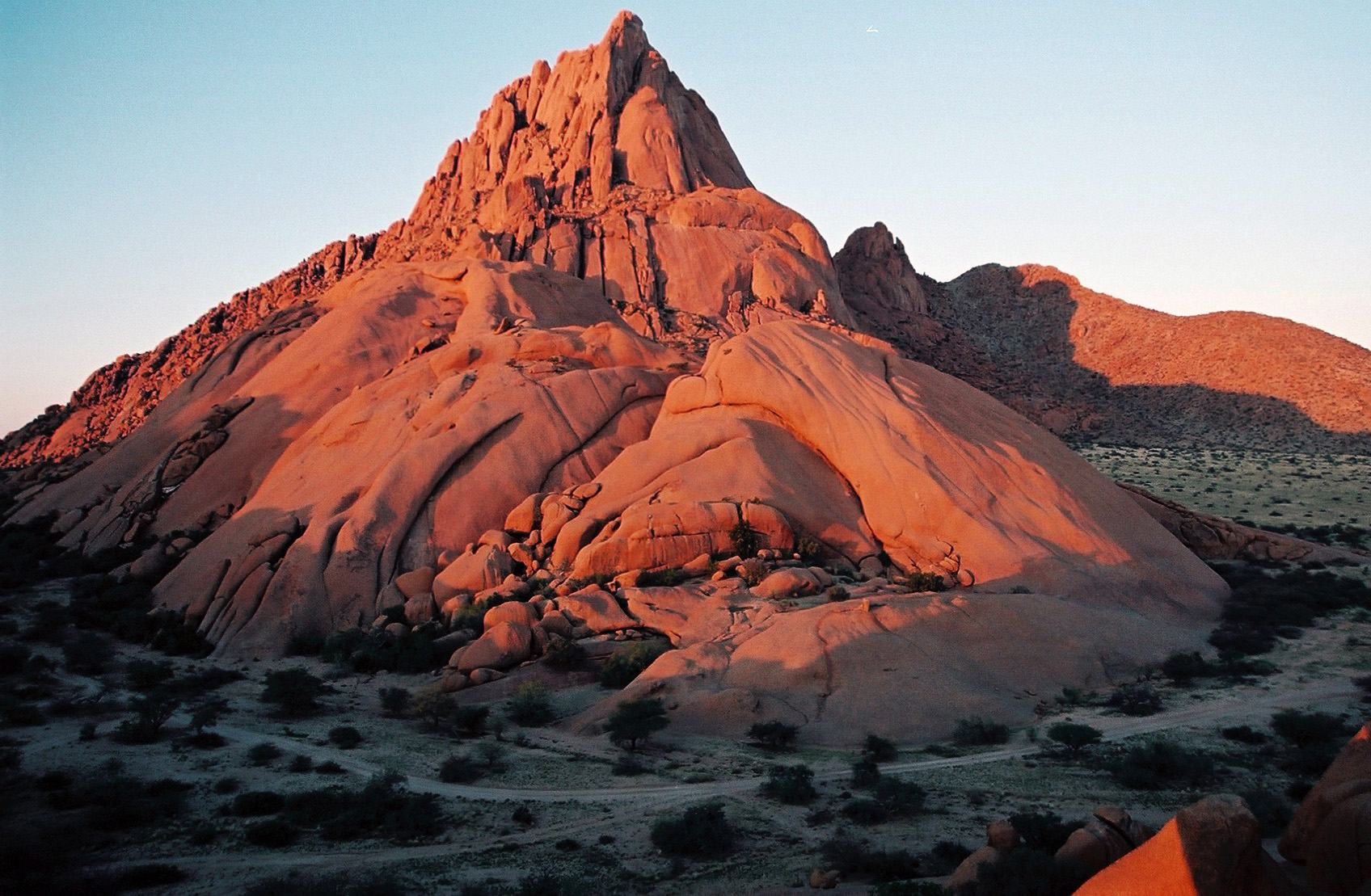
Spitzkoppe in Namibia. (Photo: Hugh Fraser)
Namibia is calmly and quietly trending as both a drive-in and fly-in destination. This is big skies, wide-open-spaces country. Liberating, soulful, rugged and natural — that’s how Namibia Tourism describes the country, which may sound like a dating site profile but it’s fabulously gorgeous and also affordable. The rand is legal currency there.
From the coastal town of Luderitz in southwestern Namibia, you can head for the incredible granite outcrop of Spitzkoppe, one of the subcontinent’s most photographed landscapes; as well as the utterly charming Cape Cross, home to a large colony of Cape fur seals.
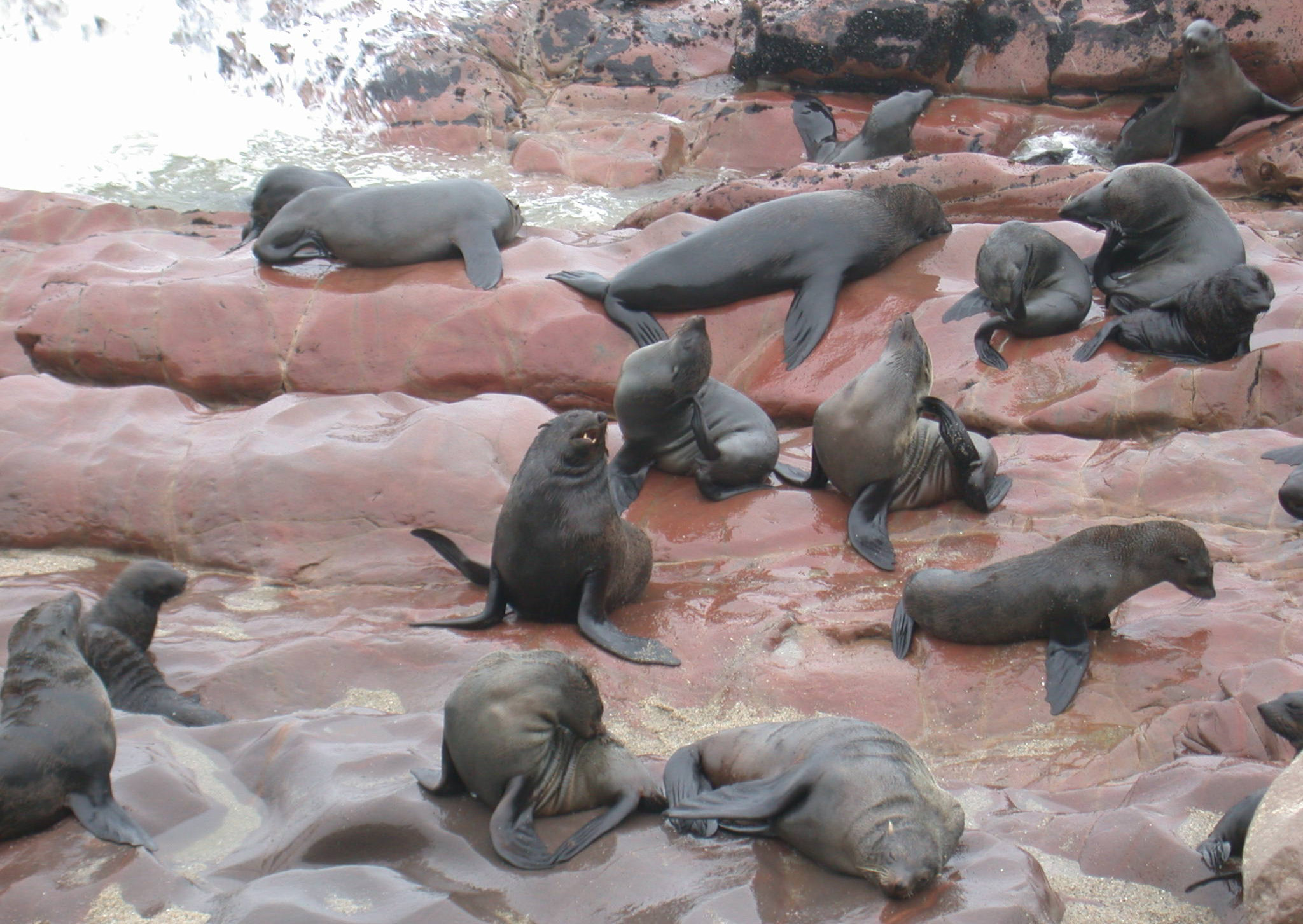
A Cape fur seal colony in Namibia. (Photo: Hugh Fraser)
The Namib Desert is one of the world’s oldest, the Sossusvlei is legendary for its mystical red sand dunes, and the Skeleton Coast is fascinating and beautiful. Check out Namibian Tourism’s excellent website. DM
This story first appeared in our weekly Daily Maverick 168 newspaper, which is available countrywide for R29.
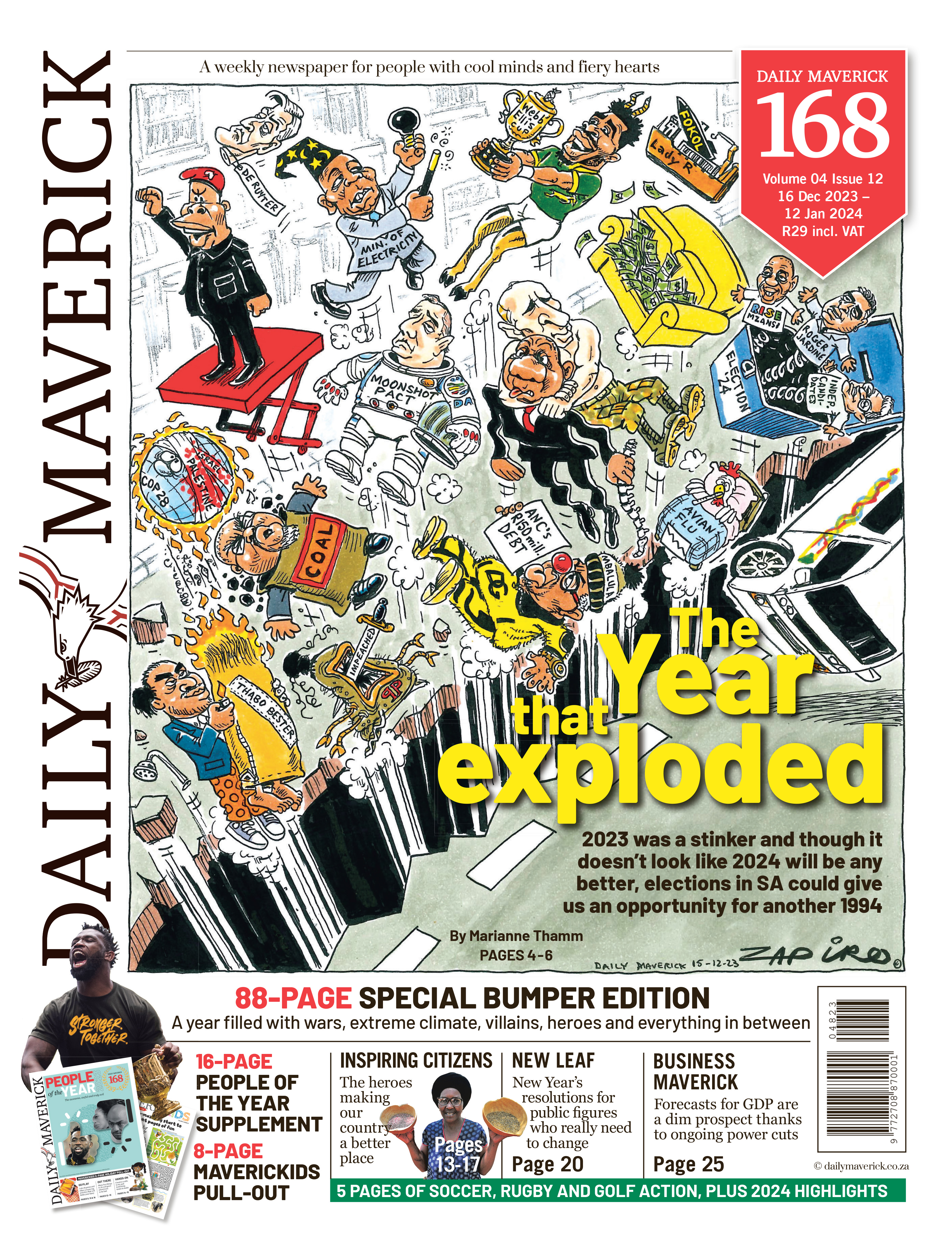








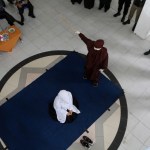










 Become an Insider
Become an Insider
Lovely article. However not sure that Lesotho is highest country in the world. I thought Bolivia was with La Paz highest city in the world. Lesotho perhaps Africa but the world?
Yes Lesotho is the highest country in the world, I am equally surprised and impressed to discover. A writer of BH-B calibre is a reliable source of well researched info.